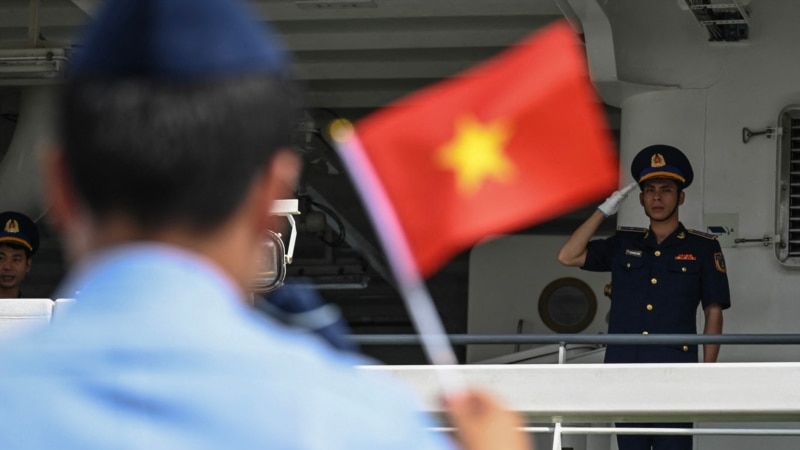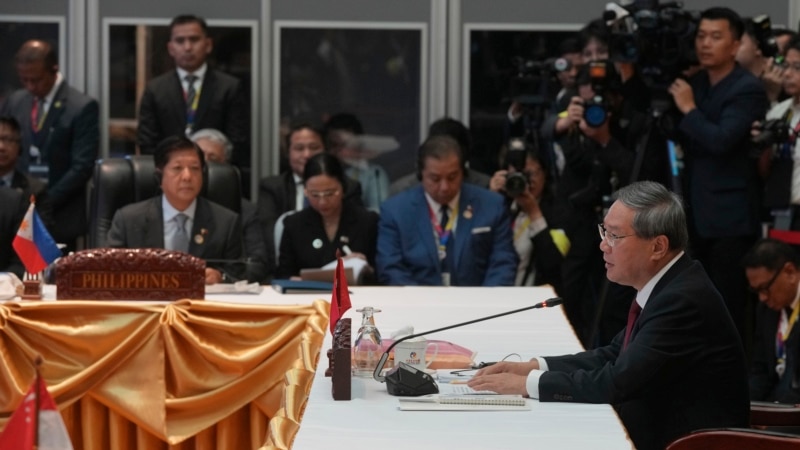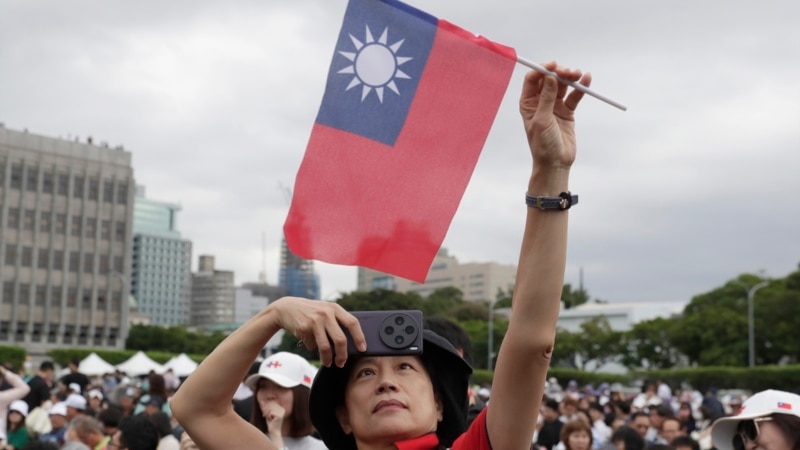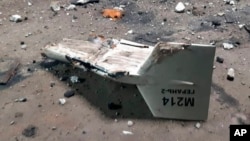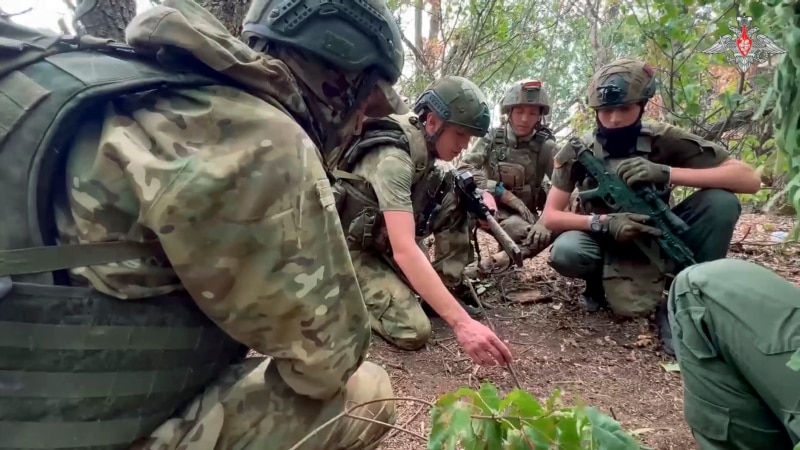Hanoi’s joint drill with the Philippines in the South China Sea and efforts to define and uphold territorial boundaries with neighboring Southeast Asian nations is an effort to counter Beijing’s aggression in the hotly contested waters, according to analysts.
A Vietnamese coast guard ship arrived in Manila on Aug. 5 for a four-day goodwill visit and to perform joint exercises in the South China Sea. Although the two countries have their own territorial disputes in the South China Sea – a key trade and security route – it’s in both countries’ interest to work together, said Ray Powell, director of Stanford University’s Gordian Knot Center for National Security Innovation.
“Both Hanoi and Manila recognize that while their overlapping claims are a problem, only Beijing has the means and clear intent to enforce its own claim,” he wrote to VOA over the messaging platform WhatsApp on Aug. 11. “They have wisely decided to manage their bilateral dispute amicably so that they can focus on the vastly greater threat posed by China.”
Leading Vietnam’s coast guard delegation to Manila, Colonel Hoang Quoc Dat said during a speech that the port call was a means to strengthen the countries’ “relationship for mutual benefit” and would help “the preservation and protection of the region’s maritime security and safety.”
China claims the vast majority of the South China Sea with its nine-dash line, a disputed map without legal basis. In April, China’s coast guard fired water cannons at a Philippine vessel as it carried out a patrol near the Chinese-controlled rocky output Scarborough Shoal, approximately 130 miles west of the Philippine island Luzon.
International law states that a country’s exclusive economic zone, or EEZ, stretches 200 nautical miles off its coast.
“While most of Beijing’s recent aggressions have been focused on the Philippines, it has found ways to antagonize Hanoi through intrusive Coast Guard patrols and oceanographic surveys that telegraph its sovereignty claims to most of Vietnam’s exclusive economic zone,” Powell said.
On July 19, China Coast Guard ship 5302 conducted a patrol in Vietnam’s oil and gas fields at Vanguard Bank, according to Powell. He stated that while Vietnam’s joint drill with the Philippines may have limited military benefits, it is symbolically powerful.
It sends “a message that this is how responsible countries cooperate and peacefully manage maritime disputes,” he said.
Settling disputes
To have strong grounds to counter Beijing, it is essential for Hanoi to settle its maritime boundaries with Southeast Asian nations, said Nguyen Khac Giang, visiting fellow at the ISEAS-Yusof Ishak Institute.
“Unless they settle the difference among themselves, they can’t establish a common and more unified stance to negotiate with China as a single entity,” he told VOA during a call on July 10.
In June, Vietnamese state media reported that Hanoi was ready to hold talks with the Philippines to settle their overlapping undersea claims in the continental shelf in the South China Sea.
It’s not Hanoi’s first effort to solidify territorial boundaries with neighbors. In December 2022, former President Nguyen Xuan Phuc met with Indonesia President Joko Widodo. During the visit in Indonesia, the leaders announced an agreement on the boundaries of the countries’ exclusive economic zones after years of negotiations.
Gregory Poling, director of the Asia Maritime Transparency Initiative at the Center for Strategic and International Studies in Washington, told VOA that Hanoi has made significant progress.
“Vietnam’s been on a pretty unbroken path of negotiating maritime boundaries and fisheries agreements,” he said over a Zoom call on July 9.
Illegal fishing
Although Hanoi has made inroads with neighboring countries in settling marine disputes, illegal fishing is a point of friction and has negatively affected the marine economy, analysts noted.
Giang said Hanoi has made a “massive effort” to control the fishing industry, but bureaucratic hurdles, costs, declining marine ecosystems, and education are hurdles for authorities attempting to control millions of fishers spread across 28 coastal provinces.
In 2017, the European Commission imposed a public warning about Vietnamese seafood because of the rate of illegal, unreported, and unregulated fishing by Vietnamese fishermen.
Collin Koh Swee Lean, senior fellow at the Institute of Defense and Strategic Studies at Singapore’s Nanyang Technological University, told VOA that despite Vietnam’s 2022 agreement with Indonesia, Vietnamese fishermen still often fish illegally in Indonesian waters.
“The situation hasn’t really changed much in terms of the regularity of intrusions from the Vietnamese,” he said during a call on July 10. Vietnamese fishermen are known to fish in the North Natuna Sea, a fertile fishing ground within Indonesian territory that borders the southern boundary of Vietnam’s EEZ.
A third-generation fisherman in coastal Binh Thuan province told VOA it’s easy to increase profits outside Vietnamese waters.
“I don’t fish illegally myself but know people who went to Indonesia and China illegally to fish,” the 32-year-old said in Vietnamese on July 11, asking for his name to be withheld. “They shared with me that two days of fishing in Indonesia can make income like a month of fishing in Vietnam.”
Giang noted that part of the motive for Vietnamese fishers to move further South out of Vietnamese waters is to avoid the dangers of Beijing’s militarization of the South China Sea.
“There have been cases where Chinese vessels injure or even killed Vietnamese fishermen,” he said.
www.Megalopoles.online

